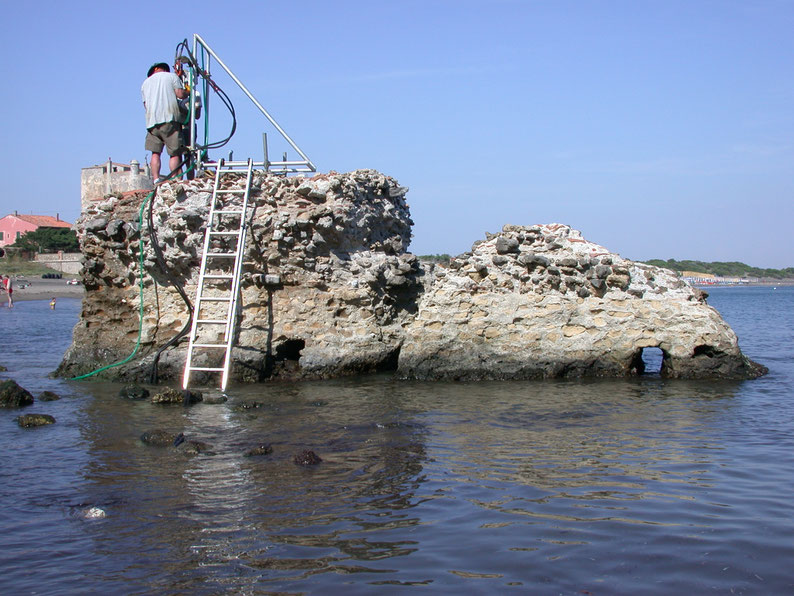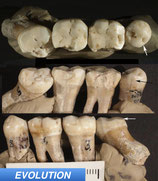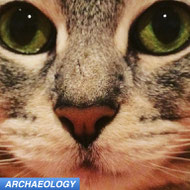
There are Roman concrete piers that have been hanging out in the ocean doing their jobs for more than 2,000 years, getting stronger as time goes by. Is it the work of an ancient genius? Is it the work of Neptune? Can concrete ever be an interesting subject? Let’s find out.
University of Utah geologist Marie Jackson and her international team of scientists analyzed drill cores from Roman harbor concrete to unlock the secrets of its longevity. But let’s backup. We need to know the difference between cement and concrete. According to the Portland Cement Association, cement is a paste used to make concrete. One adds an aggregate, like rock, to the paste and one gets concrete. Today, most concrete is made with portland cement. There are eight varieties of portland cement, but that’s a tale beyond the scope of this article. Just remember, portland cement.
Romans, like the rest of us, also used a paste (cement) into which they added aggregate (rocks) to make their marvelous concrete. What Jackson and her team discovered was the Roman cement, made from volcanic ash, lime and seawater, reacts chemically with seawater the final concrete pier is submerged in. Specifically, Jackson and her colleagues found that as seawater moves through Roman concrete, components of the volcanic ash dissolve creating an alkali-silica reaction. The reaction causes mineral growth that reinforces the cement. The end result, they say, is the longer Roman concrete sits in ocean water, the stronger it gets. Portland cement, on the other hand, is designed to be mixed with chemically inert substances, but, according to Jackson, the alkaline-silica reaction still takes place. Only instead of creating a reinforcing matrix, she says, the reaction compromises the concrete and ultimately becomes one of the main reasons portland cement concrete fails.
Sadly the exact Roman concrete recipe has been lost to time and to be fair, Jackson says portland cement has more compressive strength than its Roman counterpart. Nonetheless, she says Roman cement is much better suited to some tasks than portland cement, so Jackson is working to recreate the Roman formula using materials more readily available in the western U.S.
Jackson and her team published their findings in American Mineralogist. Their article can be found here. http://ammin.geoscienceworld.org/content/102/7/1435



